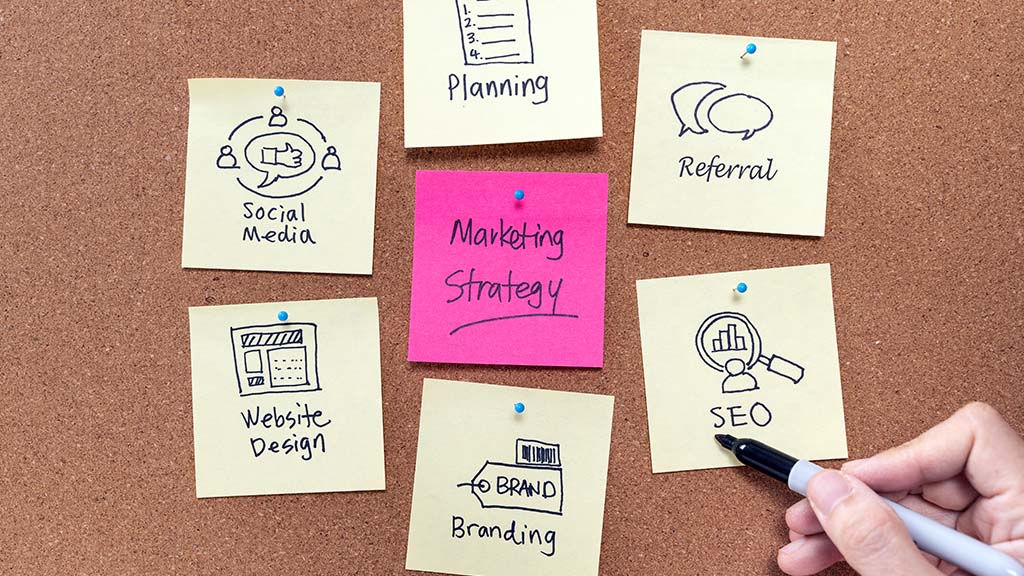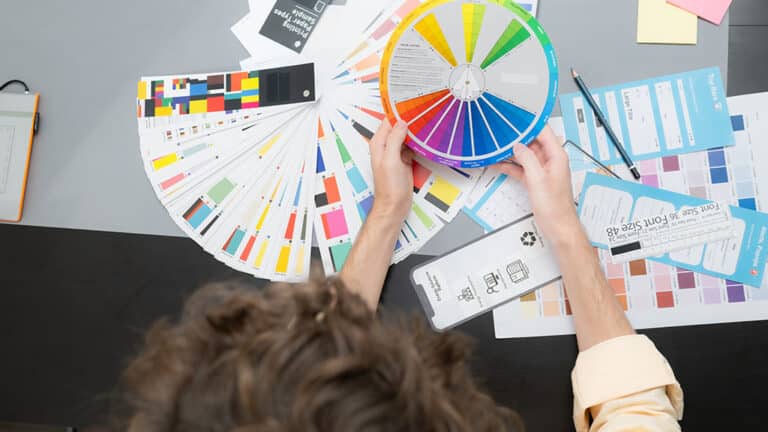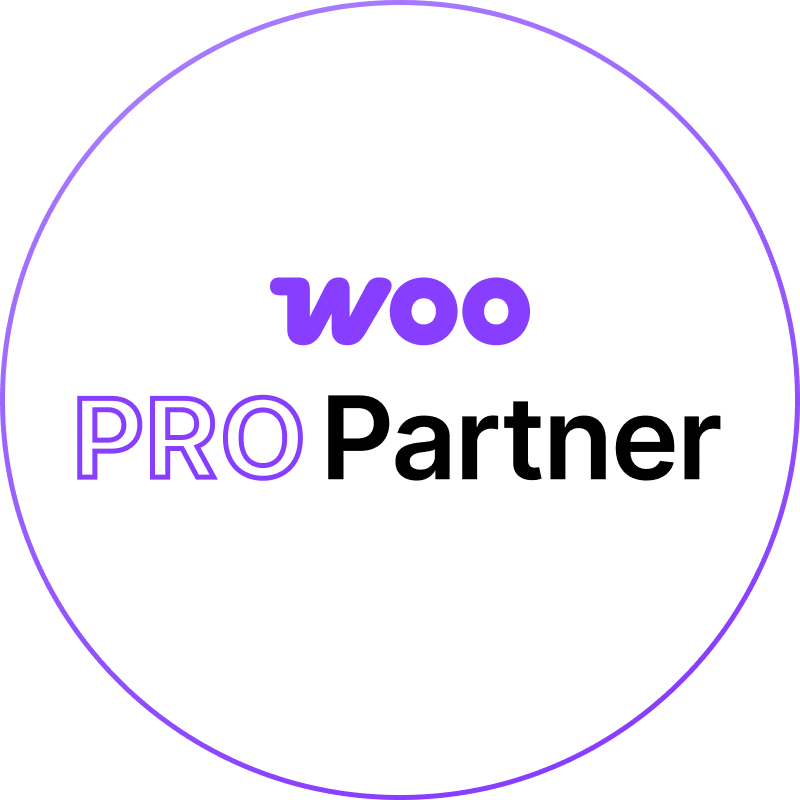How Graphic Design Supports Your Sales and Marketing Strategy
In the fast-paced world of sales and marketing, first impressions matter—and in most cases, those impressions begin with design. Whether it’s the layout of your website, the visuals in your ads, or the presentation of your sales deck, graphic design plays a pivotal role in how your audience perceives your brand and how they interact with your content. Design isn’t just about aesthetics—it’s about communication, clarity, trust, and ultimately, conversion.
Far too often, design is treated as an afterthought or a finishing touch. But in reality, it’s one of the most strategic tools available to your marketing and sales teams. It helps shape perception, influence decision-making, and guide users through the journey from awareness to action. A great product or service paired with poor design can underperform dramatically. On the flip side, strong design can elevate your messaging, simplify complex information, and make your brand unforgettable.
In today’s saturated market, your prospects are bombarded with content. Design helps you rise above that noise. By using visuals that are not only beautiful but also strategically aligned with your goals, you make your brand more approachable, memorable, and effective. That’s where the value of investing in professional design—and even more specifically, custom graphic design services—becomes a key differentiator for companies looking to scale their efforts with confidence.
Enhances Brand Recognition and Recall
One of the most powerful roles of graphic design in marketing and sales is its ability to reinforce brand identity. Visual consistency builds familiarity, and familiarity builds trust. When your logo, colors, fonts, and style are applied cohesively across all customer touchpoints—from your website and social media to your printed collateral and email campaigns—it helps your audience recognize and remember you more easily.
Every brand interaction is a chance to build that recognition. A well-designed Instagram ad that mirrors the look and feel of your homepage strengthens your identity. A sales brochure that uses the same typography and tone as your blog helps unify the brand experience. Over time, these visual consistencies make your brand feel more polished, reliable, and professional.
When a prospect sees your branding repeatedly across different platforms and marketing channels, it reinforces the message that your business is established and intentional. People are more likely to engage with and buy from brands they recognize, especially when those brands appear trustworthy and consistent. Without cohesive design, you run the risk of looking disorganized or forgettable—two traits that don’t support long-term growth.
Improves Message Clarity and Communication
No matter how valuable your product or service is, if your audience doesn’t immediately understand what you’re offering or why it matters, your message won’t stick. Graphic design bridges that gap by making information easier to digest, more visually appealing, and more emotionally resonant. It brings structure to your content and helps your audience absorb what’s important—fast.
Designers use principles like hierarchy, contrast, and spacing to guide the eye and prioritize the most critical pieces of information. For example, a landing page designed with clear CTAs, balanced white space, and strategically placed icons will communicate faster and more effectively than a cluttered, text-heavy layout. Similarly, infographics can break down dense data into scannable, shareable content that’s more likely to be retained.
In sales, this clarity can mean the difference between a lead staying engaged or bouncing. A confusing pitch deck or poorly formatted proposal can make even the best offering feel disorganized. But when your visuals are clean, focused, and aligned with the buyer’s journey, your message lands with more impact—and that often leads to more conversions.
Increases Engagement on Marketing Channels
In today’s content-saturated world, getting someone to stop scrolling or click on your content is half the battle. Eye-catching, well-designed visuals are essential to making that happen. Whether you’re running paid ads, posting organically on social media, or sending out an email campaign, graphic design plays a crucial role in capturing attention and encouraging engagement.
Strong design grabs interest quickly and helps your content rise above the noise. Social media platforms, in particular, are heavily visual environments—users make split-second decisions about whether to interact with a post based almost entirely on its look. If the design is compelling and aligned with your brand, viewers are more likely to pause, read, click, share, or comment.
In email marketing, design impacts everything from open rates to click-throughs. A visually cohesive layout with branded colors, custom imagery, and strong visual hierarchy helps guide the reader’s attention through the message. Strategic design choices—such as buttons with contrasting colors, simplified calls-to-action, and clean typography—make your emails easier to read and more actionable.
Digital ads also depend on design to perform. From Google display ads to sponsored posts on Instagram or LinkedIn, your visuals often determine how well your campaign performs. A well-designed ad not only attracts attention but communicates value clearly and quickly—two things that drive higher click-through and conversion rates. Design isn’t just decoration in these scenarios—it’s the driver of engagement and the difference between a scroll-by and a sale.
Strengthens Calls to Action (CTAs)
Calls to action are the gateways to conversion. Whether it’s “Buy Now,” “Schedule a Demo,” or “Download the Guide,” these prompts direct your audience toward the next step in the buyer’s journey. And while the wording of your CTA is important, the design surrounding it can have just as much impact on whether or not someone takes action.
Great design draws attention to your CTA without overwhelming the message. Placement, color, contrast, size, and whitespace all work together to guide the eye toward your desired action. For example, a high-contrast button that stands out from the rest of the layout can improve click-through rates significantly. Subtle motion or hover effects can also add visual cues that encourage interaction.
Design also supports CTA effectiveness by reinforcing the surrounding message. If your CTA appears within a well-branded, visually cohesive layout, it feels more trustworthy and intentional. A cluttered or confusing layout, on the other hand, can cause hesitation or reduce confidence in the offer—especially in high-consideration industries like finance, healthcare, or B2B services.
Ultimately, your CTA design should remove friction and create a clear, intuitive path forward. If it’s hard to find, difficult to read, or gets lost in a sea of competing elements, you’re leaving potential conversions on the table. Design ensures your calls to action are not just seen—but acted on.
Builds Trust and Credibility with Prospects
Trust is one of the most valuable currencies in marketing and sales—and design plays a quiet but powerful role in earning it. When your brand materials are clean, polished, and consistent, they signal professionalism. They tell your audience that you care about the details, take your work seriously, and can be relied on to deliver quality.
On the flip side, inconsistent or amateur design can undermine trust in seconds. If your website looks outdated, your pitch deck is messy, or your social graphics look like they were thrown together, prospects may start to doubt your capabilities—even if your product is great. Visual quality matters, especially in industries where customers are making high-stakes or long-term decisions.
Professional design helps position your business as a credible authority. It builds confidence in your brand, even before a prospect speaks with a sales rep or tries your service. When all your materials—from ads and brochures to onboarding emails and invoices—share the same level of visual excellence, it reinforces the idea that your company is thoughtful, capable, and trustworthy.
Supports Content Marketing with Shareable Assets
Content marketing is all about creating value and building trust with your audience over time—but no matter how insightful your blog post or informative your eBook is, you still need visuals to help that content gain traction. Graphic design makes your content more appealing, digestible, and shareable, which amplifies your reach and boosts its performance.
Think of blog posts with branded feature images, visually engaging infographics that break down complex ideas, or quote graphics that make your insights pop on Instagram or LinkedIn. These assets help you repurpose your content across multiple channels while reinforcing your brand identity. They also increase the chances of your content being shared, bookmarked, or linked—key factors in expanding your visibility and generating leads.
Design also plays a role in how gated content (like whitepapers or guides) is perceived. A downloadable asset that’s beautifully designed gives the impression of quality and professionalism, while a plain or cluttered PDF can diminish perceived value. Strong visual hierarchy, consistent branding, and easy-to-read formatting make the content easier to consume and more enjoyable for your audience.
Content marketing is a long-term game, and design helps you play it well. When each piece of content you produce is visually aligned and polished, it enhances your authority, makes your material more usable, and ensures your message resonates with your target audience.
Enables Personalization and Segmentation
One of the biggest trends in modern marketing is personalization—and design plays a key role in delivering it effectively. Personalized marketing is about making your audience feel seen and understood, and visuals tailored to specific demographics, buyer personas, or funnel stages help create that sense of relevance.
For example, a landing page designed for first-time visitors may look and feel different than one aimed at returning customers. The former might include more introductory information and friendly visuals, while the latter can focus on urgency and deeper benefits. Similarly, social ads targeting different age groups or industries should feature imagery, colors, and layouts that speak to their specific preferences and pain points.
Graphic design also supports A/B testing, which is often used in segmentation strategies. Designers can create multiple versions of a CTA, product photo layout, or email header to test what works best for each segment. These small design adjustments can lead to big differences in engagement and conversions.
By customizing visual content at scale, businesses can speak more directly to different audiences without diluting their brand. The result? Higher relevance, stronger connections, and better campaign performance.
Equips the Sales Team with Better Collateral
Graphic design isn’t just a marketing tool—it’s a sales asset, too. While marketing brings people into the funnel, it’s the sales team that often needs to close the deal. Giving them high-quality, professionally designed collateral can dramatically improve their ability to communicate value, address objections, and move prospects toward a decision.
This includes everything from sales decks and one-pagers to product sheets, case studies, proposal templates, and onboarding documents. These materials are often shared directly with prospects, meaning they need to be clear, persuasive, and visually aligned with the brand. A well-designed sales deck, for instance, helps the presenter stay on message and guides the prospect through a compelling narrative. A clean, branded quote template can reinforce professionalism at the exact moment a prospect is deciding whether or not to commit.
Good design also makes sales collateral easier to update and reuse. If your team is constantly creating pitch materials from scratch or reformatting documents that weren’t designed with consistency in mind, it drains time and energy. Centralized, branded templates ensure every piece of content stays on brand and supports your messaging—even when it’s adapted for different leads or use cases.
When marketing and sales work together to create design-driven tools, the buyer journey becomes smoother and more cohesive from first touch to close. Design fills in the gaps between what you say and how it’s received—and when it’s done right, it gives your sales team a serious edge.
Conclusion: Design is the Bridge Between Attention and Action
At the core of every successful sales and marketing strategy is one critical objective: move people from awareness to action. Graphic design is what makes that transition possible. It’s the bridge that carries your audience from curiosity to engagement, from interest to trust, and ultimately from hesitation to conversion.
Great design does more than catch the eye. It clarifies your message, reinforces your credibility, and drives your audience to the next step—whether that’s clicking a link, signing up for a demo, or becoming a loyal customer. When your visuals align with your voice and your goals, your brand becomes more compelling, your marketing more effective, and your sales process more persuasive.
In today’s competitive landscape, design isn’t just a finishing touch. It’s a strategic function that powers every stage of the buyer journey. From awareness campaigns to sales enablement tools, every asset you produce is an opportunity to connect—and design is what turns that opportunity into results. Investing in professional design isn’t just about looking polished—it’s about selling smarter.

















